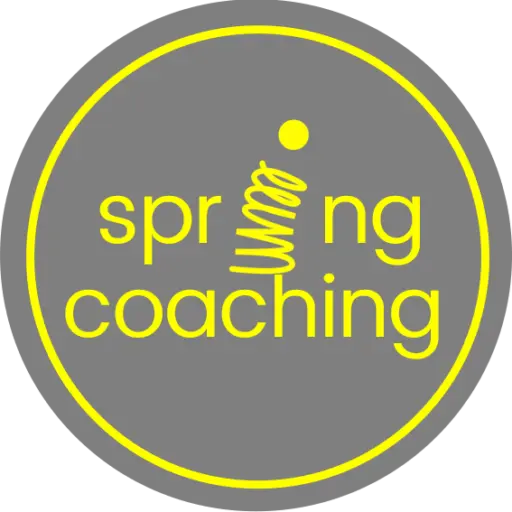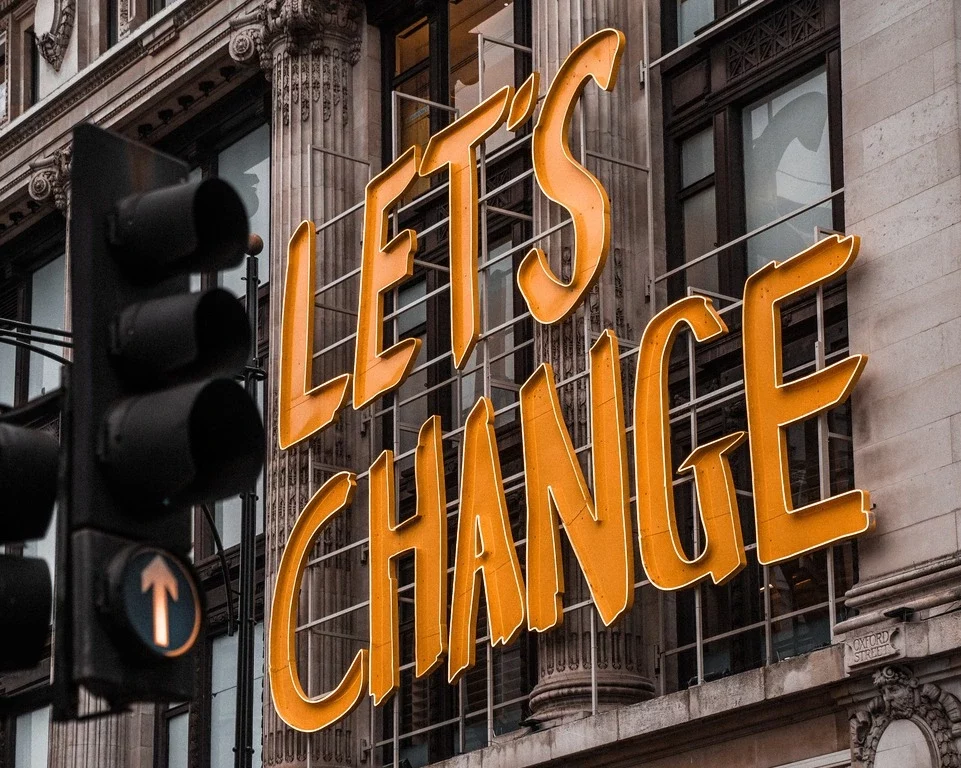A Hero’s How to Guide for Successful Goal Setting: Part Three
The Triology
Welcome back to The Hero’s How to Guide to Goal Setting – The Trilogy. We are on the home stretch in our trilogy of learning how to set goals that ACTUALLY stick. I know how frustrating and disappointing it is to set goals, only to fall short of achieving them, and I don’t want that for you. I want you to be one of those heroes who achieves anything you set your mind too. The good news is that you’ve come to the right place to learn exactly how to do that. No more failed goals for you.
In case you’re just joining us here’s a quick recap.
In Chapter One we learnt what goals are, why they’re important and why they’re so hard to stick at. You can pop back here and read all about it.
In Chapter Two we learnt the two key ingredients your goals need to have in order for them to be successful. Like yeast and salt in bread, you need these two things to achieve your goal. Read what they are here.
In this final chapter we’re delving into the six most common mistakes when it comes to goal setting. These six mistakes occur right at the beginning and stop us in our tracks of success before we even do the hard mahi.
I know I’ve been guilty of making these mistakes, and sure enough when I do these are the goals I don’t achieve. It all makes perfect sense now!
Keep reading to learn the six common mistakes when it comes to goal setting, so that you to can set and achieve goals like the hero that you are.
1. Only Focusing On The “Way”
You’ll know from our previous blog that you need two key ingredients to achieve a goal: “a will” and “a way”. You can pop back here if you missed Chapter Two for a quick reminder. Yet often, in the excitement of what is to come, we can get caught up in solution mode, skipping the reason for the goal in the first place. Perhaps in a flash of spring-time inspiration, you’ve told yourself you’re going to be healthier and then without pausing, rattled off a list of great intentions that will help you achieve this. It’s great to have a plan; I’m a planner too, but before you create one, ask yourself why you’re creating it in the first place.
Why is the goal important to you?
The emphasis here is on “you”. Not why is the goal important to your manager, spouse, mother-in-law, best friend or dog.
When goal setting ask yourself, Why is it important to you? Why is this important to you now?
Sometimes, without realising it, we can feel pressured to set goals based on the suggestions of others. Maybe everyone else is trying a new productivity hack or daily exercise regime, and you feel compelled to do the same. The difficulty is that when we feel pressured to do something, whether consciously or unconsciously, it can trigger an inner rebel in all of us. The teenager within us pushes back, like when you’re told you can’t go out until you clean your room and you sneak out the bedroom window. This sets you up to fail because you don’t have a deep personal connection to the “why”.
Remember, your resources aren’t infinite. You’re unlikely to invest your hard-earned leave and money going on a holiday to a destination that you don’t want to go to, so don’t spend your energy pursuing someone’s dream or ideas of success. Make sure you have a strong personal why to the goal you set before you start to plan.
2. Setting Too Many Goals
“The Power of Less is perfect for achieving goals: Limit yourself to fewer goals, and you’ll achieve more” – Leo Babauta
By far the most common mistake is setting too many goals. This is especially true for ambitious, driven people like you. In our pursuit of excellence, it’s easy to think “more equals success” or perhaps “more equals success faster” when in reality it’s the opposite.
You actually achieve more by doing less. You will reach your goal faster with a single focus.
As Tony Robbins says, where focus goes, energy flows.
When you have more goals, you have to spread the finite energy you have across all of them. The more goals you have, the more diluted the energy. Instead, follow Leo Babauta’s advice in his topselling book “The Power of Less: The Fine Art of Limiting Yourself to the Essential… in Business and In Life”.
“The Power of Less is perfect for achieving goals: Limit yourself to fewer goals, and you’ll achieve more.”
When setting goals, ideally, pick just one goal to focus on. The one that matters most to you (see mistake number 1) and give it all your energy and focus. Once you have achieved it, move on to the next goal that is most important to you.
3. Missing the Sweet Spot
“Growth comes at the point of resistance. Skills come from struggle.” – Brad Stulberg and Steve Magness
Who doesn’t love a gooey sweet spot? The sweet spot is the place where growth and change occur. Setting goals that are too easy or too challenging can hinder your progress.
If a goal is too easy, it might not push you beyond your comfort zone and inspire personal growth. A goal that is too hard can lead to overwhelm, frustration, and even failure to start. The key is finding the place in the middle, the sweet spot.
For some of us, this may challenge an existing belief that “stress is bad”, yet stress can be good. Stress is necessary for growth. In the sporting world, stress followed by rest, is what enables a muscle to grow and become stronger. First, the muscle is pushed to the point of exhaustion (stress) creating micro-tears that trigger a stress response. When this stress response is followed by rest, the muscle rebuilds itself stronger so that it can carry a heavier load. It’s no different for personal development and growth.
As we learn in Peak Performance: Elevate Your Game, Avoid Burnout, and Thrive with the New Science of Success by Brad Stulberg and Steve Magness “Growth comes at the point of resistance. Skills come from struggle.”
Aim for the delicious sweet spot—a balance where your goals are challenging yet attainable with dedication, effort, and the right resources.
4. General Wishy-Washy Goals
“How will you know if you have succeeded?” – Dr Heidi Grant
Goals like “I want to be more confident”, “I want to be more productive”, or a common one for busy leaders who regularly prioritises others needs ahead of their own, “I want more ‘me’ time” are great things to aspire to. However, these goals are challenging to achieve in their current state, as there’s no description of when the goal will be achieved. There’s no measure of success or timeline. This means you can’t create a solid plan, or the “how”, to get there. You can’t even plan the celebratory “arrival party”, because you don’t know what “there” looks like. Thankfully there is one powerful question that can crystalise your goal for you:
- “How will you know if you have succeeded?”
This question, based on research from social psychologist Dr Heidi Grant helps to define what success looks like and strengthens both the “will” and the “way” for achieving your goal.
For example, you might ask yourself “How will I know I have succeeded in having more me time” and your response might be, “When I take myself off to my favourite café for a coffee date every week without feeling guilty because my needs matter too” this provides clarity and insight on what steps to take and a deeper understanding of why the goal is important.
5. Not providing any wiggle room
“It’s easier to lose 2-4 pounds than 3 pounds” – Mel Robbins
This may sound a little contradictory to mistake number four “General wish-washy goals”, but giving yourself a little wiggle room by setting yourself a high-low range increases your chances of success.
What is a high-low range goal? It’s one where you set a range to achieve, for example:
- “I am going to journal 3 to 5 times a week” versus “four times a week”; or
- “I am going to have a coffee date with myself 3 to 4 times a month” versus “once a week”.
Research from Florida State University found that it is easier to lose 2-4 lbs than three pounds.
The reason why high-low range goals are so effective is that they feel more life-proof. They offer more flexibility and a sense of control. The low range makes the goal feel more attainable, boosting confidence, while the high range offers the feeling of a challenge, leading to a greater feeling of accomplishment. It’s the best of both worlds. How great is that?!
6. Failure To Launch
The last common mistake is a goody! It really separates the heroes from the wannabes. It’s failure to launch, or simply, to begin.
How often have you had a bright, shiny goal that quickly lost it’s shine because you never started? Me too!
Perhaps you told yourself you’d start the next day, or when you “felt like it” but that time never came. Because chances are, the thing you have to do is something you wouldn’t usually do. Remember in Chapter One, where we learnt:
“A goal is any desired outcome that wouldn’t otherwise happen without some kind of intervention. In other words, a goal is a detour from the path of least resistance.” – Dr Elliot T. Berkman.
That is what makes it a goal, and what makes it a challenge.
Therefore, in order to progress you have to start. You have to put one foot in front of the other and step forward into discomfort. This is what closes the gap between where you are and where you want to be. The longer you wait to take that step, the harder and bigger the gap becomes. Don’t wait! Take that first step. By doing so, you will generate “activation energy”, which will propel you forward to take the next step, and the next, and the one after that. You will have created habit of progress that will lead you towards your goal. The size of this first step isn’t important, in fact, the smaller the better. The key thing here is to do it. Take that step forward. Take action!
My recommendation is to download our “Change Creator“. This easy-to-use tool will step you through how to create a goal that sticks so you will succeed. What first step will you take?
Want more helpful tools? Sign up to our newsletter here and you’ll be the first to hear when they are released.
About the author
Josie Askin, CEO of Spring Coaching, is a performance and productivity coach who works with driven leaders and entrepreneurs to improve their performance and productivity, by applying a focus on wellbeing.
Josie has nearly 20 years working in government, in a range of advisory roles. She became interested in the gaps between workplace performance and wellbeing, gradually building analogies between sport and business performance while gaining several coaching qualifications. Now she deals with clients under pressure from all walks of life offering tailored leadership performance coaching, workplace wellbeing programmes, workshops, speaking and facilitation.
She has just released a new programme The power of small steps, a curated online programme for busy people to help keep people motivated and accountable to accomplish goals in small, manageable steps.

